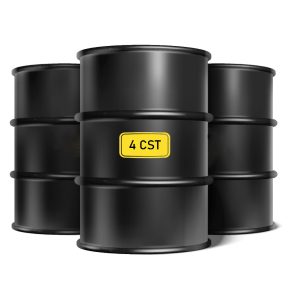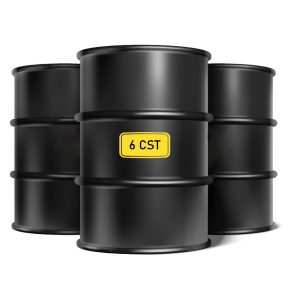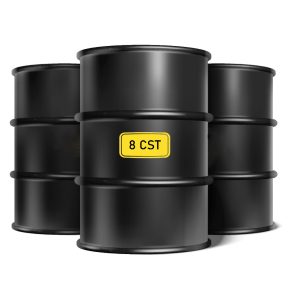Base Oil Group 3
Showing all 3 results
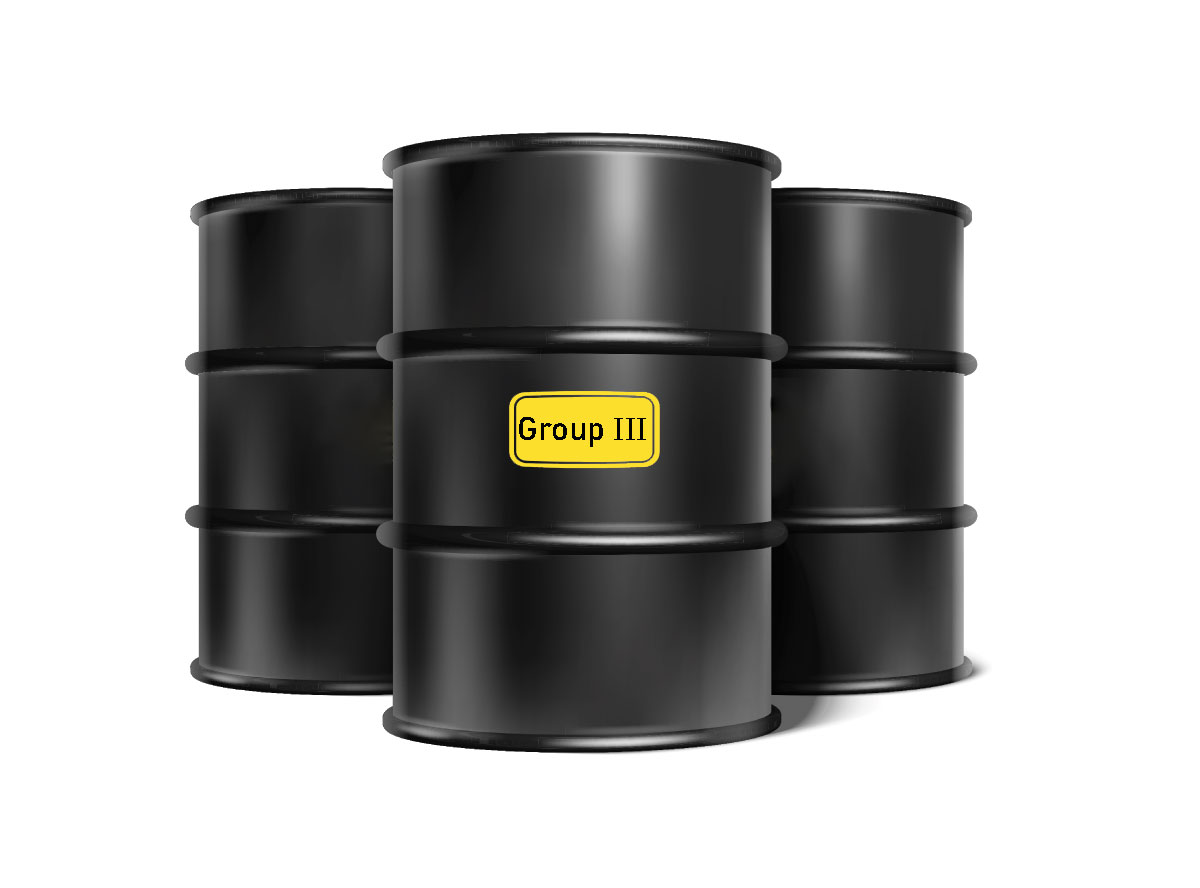
Base Oil Group 3
Today, science and technology have made significant progress. The same progress can be seen in the petrochemical industry; Where new products can be produced from crude oil. One of these products that has had a great impact in the industry is Base Oil Group 3. Oils obtained from crude oil refining are divided into 3 categories. The first group is refined and produced by the solvent purification method, which is called group 1 base oil. The second group is purified by hydrocracking method in addition to solvent purification and they make group 2 base oils. The third method, which forms Base Oil Group 3, is a little similar to the second method, with the difference that the hydrocracking process is performed at a higher temperature and pressure. This caused the purification process to be longer and the costs to increase. In the following, we want to talk a little about the base oils of the third group; We will talk about its specifications, types, applications and price.

What is Base Oil Group 3 ?
Base Oil Group 3 is considered as the purest base oil obtained from crude oil refining. The saturation percentage of this oil is over 90%, the sulfur level is less than 0.03% and its viscosity index is more than 120. The purity of the oil is one of the things that can affect the internal and external friction of the oil. Machines and devices that work at high temperature and pressure should use oils that have high lubrication ability. The higher the saturation level of an oil, the higher its antioxidant properties. At high temperature and pressure, oxygen can react with oil more easily, that’s why oil’s resistance to chemical reaction is one of the main factors of oil classification. The high level of sulfur increases the friction of the oil with the machinery. The internal friction causes the lubricating property of the oil to disappear and the wear of the oil with the surface of the devices causes the surface of the metals to be destroyed and the machines to fail. Viscosity index also refers to the amount of changes. From this index, it can be seen how much the viscosity of the oil changes at high temperatures.
| Property/Feature | Base Oil Group I | Base Oil Group II | Base Oil Group III | Group IV (PAO) |
|---|---|---|---|---|
| Saturation Level | < 90% | ≥ 90% | ≥ 90% | 100% |
| Sulfur Content | > 0.03% | ≤ 0.03% | < 0.03% | Nil |
| Viscosity Index (VI) | 80–120 | 90–120 | ≥ 120 | ≥ 125 |
| Purity & Appearance | Amber, slight odor | Clear, light odor | Water-white, no odor | Crystal clear, odorless |
| Processing Method | Solvent refining | Hydrocracking | Hydroisomerization | Synthetic (chemical) |
| Oxidation Stability | Moderate | Good | Excellent | Superior |
| Typical Applications | General lubes, gear oil | Engine oils, hydraulics | Synthetic-grade motor oils, high-performance lubricants | Racing, aerospace, EVs |
| Cost Level | $ | $$ | $$$ (high value) | $$$$ |
Characteristics of Base Oil Group 3
Base oils are identified by indicators such as saturation, sulfur level, viscosity at 100 degrees, flash point, water content, and the minimum temperature at which oil flows, which is known as pour point. In the following, we will examine each of these factors carefully.
1- The degree of saturation——-more than 90 percent
2- Sulfur level——-less than 0.03 percent
3- Viscosity index——-more than 120
4- Viscosity at a temperature of 100 degrees——-from 4,200 to 8,200 mm2/s
5- flash point—— 220 degrees Celsius
6- pour point——- between -18 and -12 centigrade
7- water content——— 50 mg/kg
Compare these specifications with the specifications of the rest of the base oil groups. You can see that this oil has the best characteristics in all indicators.
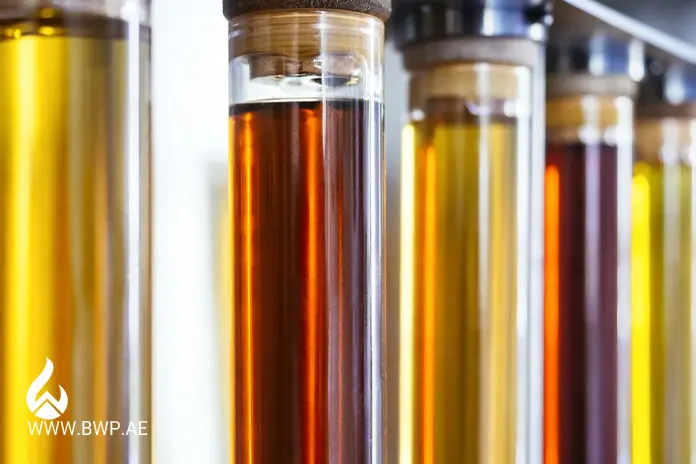
Types of Base Oil Group 3
1- ADBASE 4CST
2- ADBASE 6CST
3- ADBASE 8CST
Applications of Base Oil Group 3
Due to the technical characteristics of these products, wide applications can be imagined for this oil; But the most common application is for high-performance engine oils, drive line fluids and industrial lubricants. Heavy duty engines need to be lubricated regularly. Pistons and shafts of these systems are the most important parts that must be lubricated. If the lubrication of these parts is not done regularly and accurately, it can cause the pistons to break and the shafts to break.
Drive line fluids are oils that are responsible for protecting power transmission components. Power transmission components are gears and parts that take power from the engine and transfer it to other parts of the system such as wheels. Gearboxes and differential systems are called power transmission devices.
The gears inside the gearbox and differential must have the least amount of wear together to have the best performance and to increase their durability.
Industrial lubricants are lubricants that are used in larger devices such as jet engines and turbines. Due to the high temperature in jet engines, the lubricant used in jet engines must have a high viscosity index so that its viscosity does not change much with temperature changes. High performance of turbines has caused a lot of pressure on its components. High pressure over time causes the loss of lubrication properties, that’s why the used lubricating oil must be of the highest quality.
The price of Base Oil Group 3
The price of base oils is generally not a fixed number. The quality of the oil, the way it is refined and the price of crude oil in the world markets have caused price instability. About Base Oil Group 3, the only thing that can be said is that it has a high price compared to the previous two groups. Dear customers can contact our experts to know the current price of oils. The contact numbers of the company are given in the contact us section.
Frequently Asked Questions About Base Oil Group 3
- What is Base Oil Group 3?
Base Oil Group 3 refers to highly refined mineral oils produced through advanced hydrocracking, hydroisomerization, and dewaxing. They are often labeled as synthetic or synthetic-grade due to their high performance, even though they originate from crude oil. - How is Base Oil Group 3 different from Group 2 and Group 1?
Base Oil Group 3 have a higher viscosity index (VI ≥ 120), lower sulfur content, and better oxidative and thermal stability compared to Group 1 and 2. They also have a water-white appearance and perform close to fully synthetic oils in many applications. - Is Base Oil Group 3 considered synthetic?
In many regions (like Europe and Asia), Group 3 oils are still considered mineral oils, but in the U.S., they can legally be labeled as synthetic due to their high performance and chemical purity.


